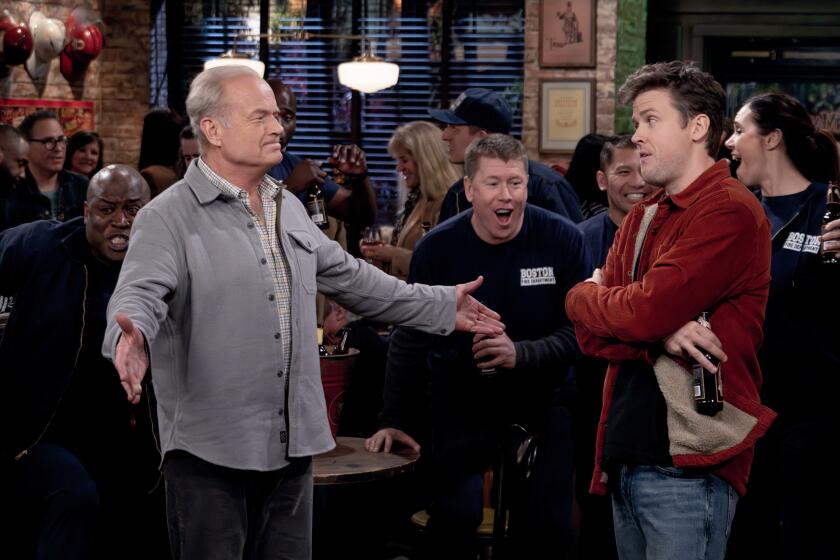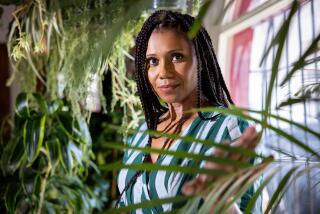‘Frasier’ is back, but it’s evolved, much like Kelsey Grammer’s ‘lovable, pompous’ character

- Share via
Frasier Crane is, once again, listening.
Audiences got to know the name of Kelsey Grammer’s silken-voiced psychiatrist when he was the pompous intellectual who told himself he was above the local pub’s riff-raff on the NBC sitcom “Cheers.” And they then got to understand how his family dynamics fed into his ego on his own self-titled NBC sitcom that ran from 1993 to 2004.
But a new take on “Frasier,” which premieres its first two episodes Thursday on Paramount+, will find the Freudian well into the superego stage: retired after a successful run on a daytime talk show; single after the end of a long-term relationship; and ready to bestow his morals, ideals and advice on the next generation — whether they like it or not.
“He’s a little bit more comfortable in life; he’s not as anxious [and] he’s not the guy that has to prove himself anymore,” says Joe Cristalli, who created the new chapter of “Frasier” with Chris Harris. “He’s proved it, so now he feels like he’s a little older and wiser. … He’s still that affable, lovable, pompous person that you can still make fun of. It’s relatable because nobody relates to it.”
Is the new ‘Frasier,’ premiering Thursday on Paramount+, as good as the old “Frasier”? So far, it stacks up well, our critic writes.
While Frasier’s new mission includes returning to the “Cheers” locale of Boston and lecturing at his alma mater, Harvard, he is mostly concerned about his own relationship with his now-adult son, Freddy, a Harvard dropout who became a firefighter.
“We always knew the central relationship would be Frasier and his son,” Harris says. “We didn’t try to force in the wisecracking, 14-year-old kid or the hipster post-millennial. This is a show that’s always been comfortable with what it is. We definitely have some younger characters [but] … we all made a decision that it is Frasier’s show and Frasier is in that paternal role now.”
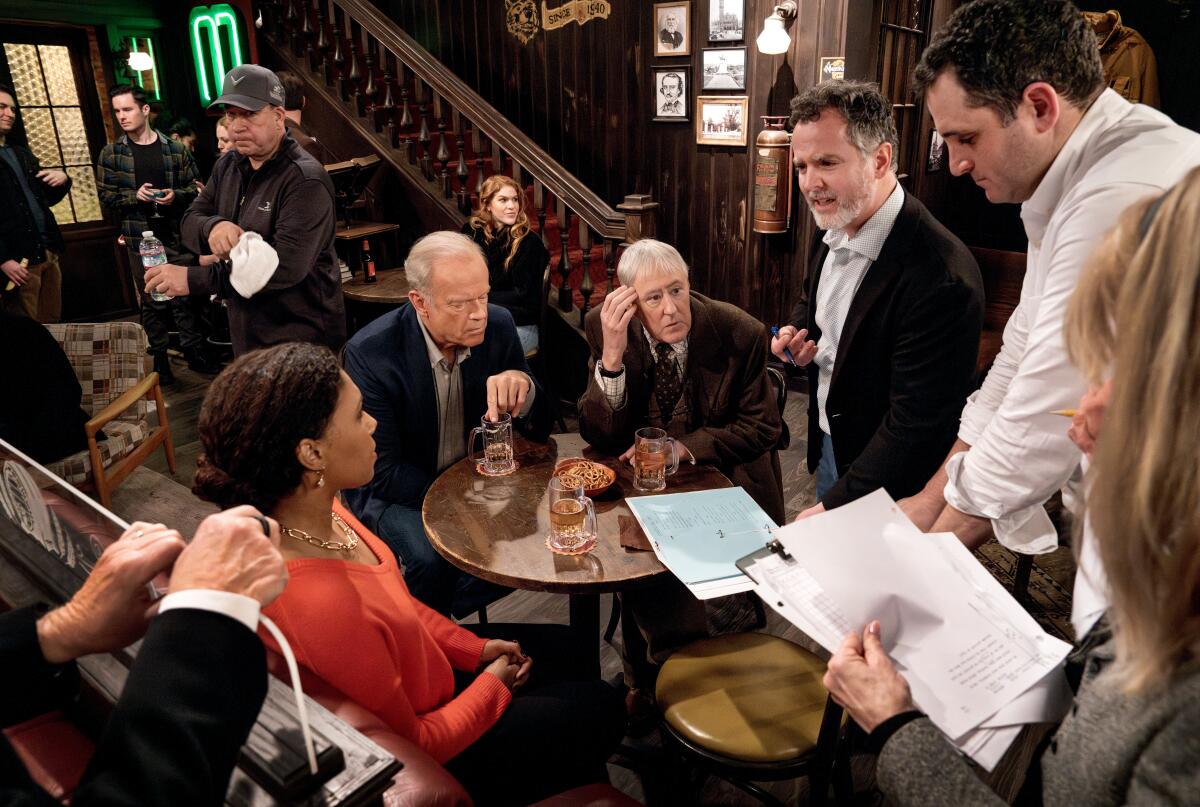
Born during the events of “Cheers” and only occasionally seen as a child on “Frasier,” where he was last played by Trevor Einhorn, this version of Freddy is a big-hearted do-gooder who wishes his dad would understand why he didn’t want to follow him into the family profession. He’s now played by Jack Cutmore-Scott, who recently had a role in “Oppenheimer” and coincidentally, did graduate from Harvard.
Cristalli says he and Harris have nothing against Einhorn, who is still acting and whose credits include Syfy’s “The Magicians”; the casting switch was simply that “Jack was so good at playing that fine line of blue collar but also academic” and that “the role we created wasn’t necessarily the same Freddy we originally saw.”
Einhorn is just one of many “Frasier” cast members not returning for this iteration. While the writers couldn’t resist upcoming storylines that would include Bebe Neuwirth’s Lilith, Frasier’s notorious ex-wife and Freddy’s mom, or Peri Gilpin’s Roz Doyle, Frasier’s friend and producer, there are currently no plans to bring back David Hyde Pierce as Frasier’s anxious and fastidious brother, Niles. The same goes for Jane Leeves, who played Niles’ eventual wife, Daphne.
Nor will the show check in with other “Cheers” characters like Ted Danson’s Sam Malone, George Wendt’s Norm Peterson or Rhea Perlman’s Carla Tortelli, even though these characters may be in a closer radius.
Harris and Cristalli say this could all change if they find an organic way to incorporate them into the story.
“We have to be very smart about when we do it,” Cristalli says, adding, “We can easily use that as a crutch. Like, they’re back in Boston, let’s have Norm over every episode. [That’s] just stealing. As long as it’s a really good story that necessitates those kinds of characters and those kinds of situations coming back, it’s really fun. But on the whole? I don’t know that there’s too much left open-ended from the old one that we need to close up aside from Frasier and Freddy’s relationship.”
“Frasier” actor John Mahoney, who played Frasier and Niles’ police officer father and frequent foil, Martin, died in 2018. This version pays tribute to him, and gives a nod to its own lineage, by naming the characters’ neighborhood hangout Mahoney’s Pub. It also picks up soon after Martin’s funeral.
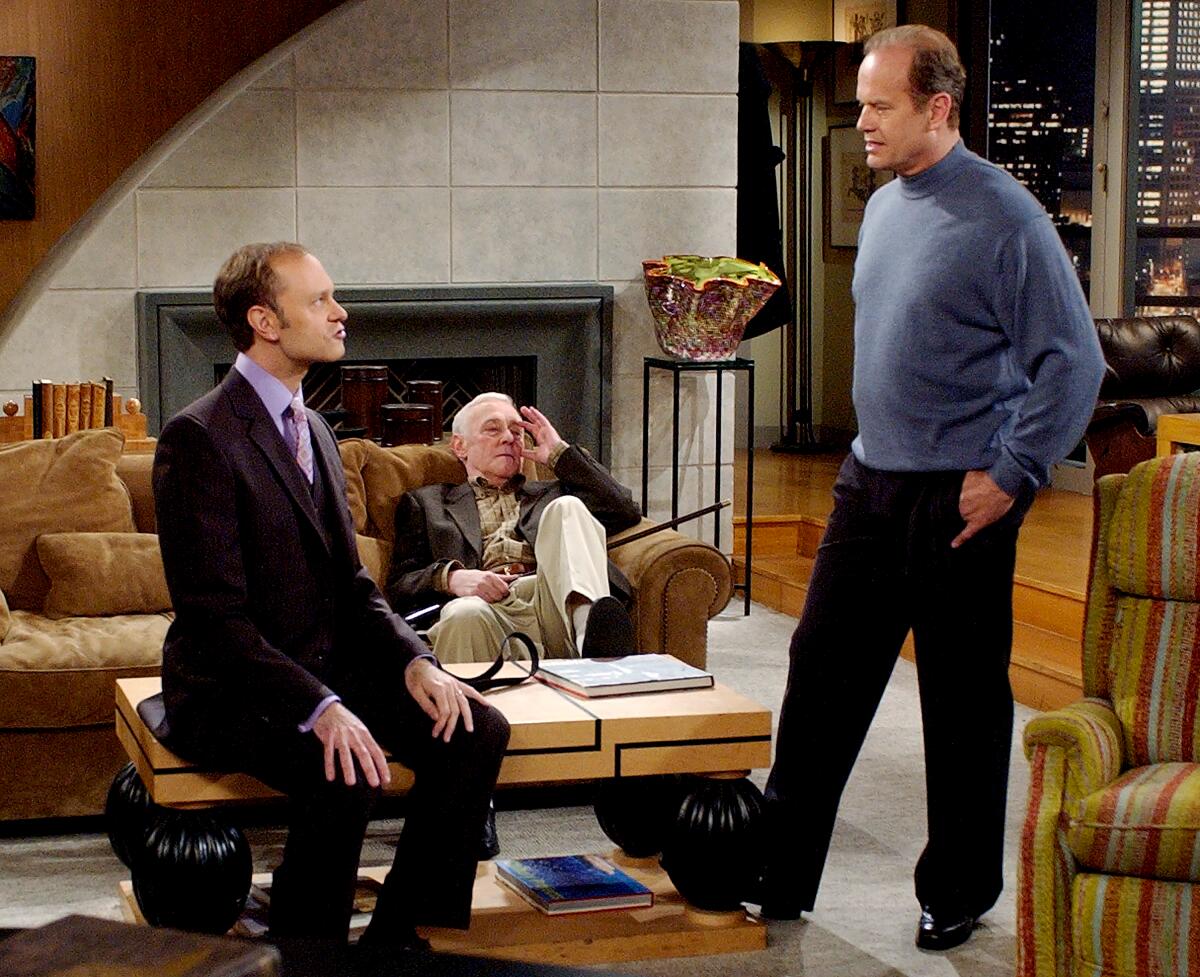
“Martin’s, and to be honest, the John Mahoney shadow, we’ll feel their presence often,” Harris says. “There are later episodes that do come back a little bit toward grieving and a little bit toward [Frasier] thinking about his father.”
Cynophiles may also object that there’s no real replacement for the first “Frasier’s” breakout star: Eddie, Martin’s dog and Frasier’s nemesis. Portrayed with impeccable comic timing by a Jack Russell terrier named Moose and, later, by his son Enzo, both dogs were so beloved that they have their own Wikipedia pages. Mahoney once told The Times, “I never thought of Eddie as a dog. I thought of him more as an actor.”
The “Frasier” 2.0 creators softened the blow by introducing a Dalmatian in an episode set at Freddy’s fire station. And a black cat, brilliantly named Margaret Scratcher, makes a cameo or two.
The creators consider this blank slate a win.
“We were given this blessing, in terms of getting to stand on our own two feet and create a show that will, obviously, be compared to the original ‘Frasier,’” Harris says. But, he continues, “The more it’s clear that OK, this is a different chapter, I think the better off we’ll be and it won’t feel like we’re just trying to copy the past.”
Grammer was not available to speak for this story because of the ongoing SAG-AFTRA strike. But, other than him, probably no one associated with this show understands this pressure better than Cristalli. A self-avowed superfan of the first show who proudly states he’s probably seen its 264 episodes at least a thousand times, the writer once ran a Twitter account that pitched storylines for the then-long canceled show. It made for an interesting writing sample when his agents submitted him for this job, although none of those storylines made it into this show.
Cristalli deleted that account almost as soon as he got this job, saying he feared fans “pointing to it and going, ‘They gave that guy “Frasier”?’” But he hasn’t been able to resist going on Reddit forums where fans are already obsessing that Frasier doesn’t dress the same or that his apartment is no longer in all neutral shades. To them, he promises: There is a plan.
“The hard part, I think, is doing it elegantly,” Cristalli says. “We could shamelessly throw [Martin’s] green recliner in or get a Jack Russell. But it just feels like the audience deserves a little bit better than that.”
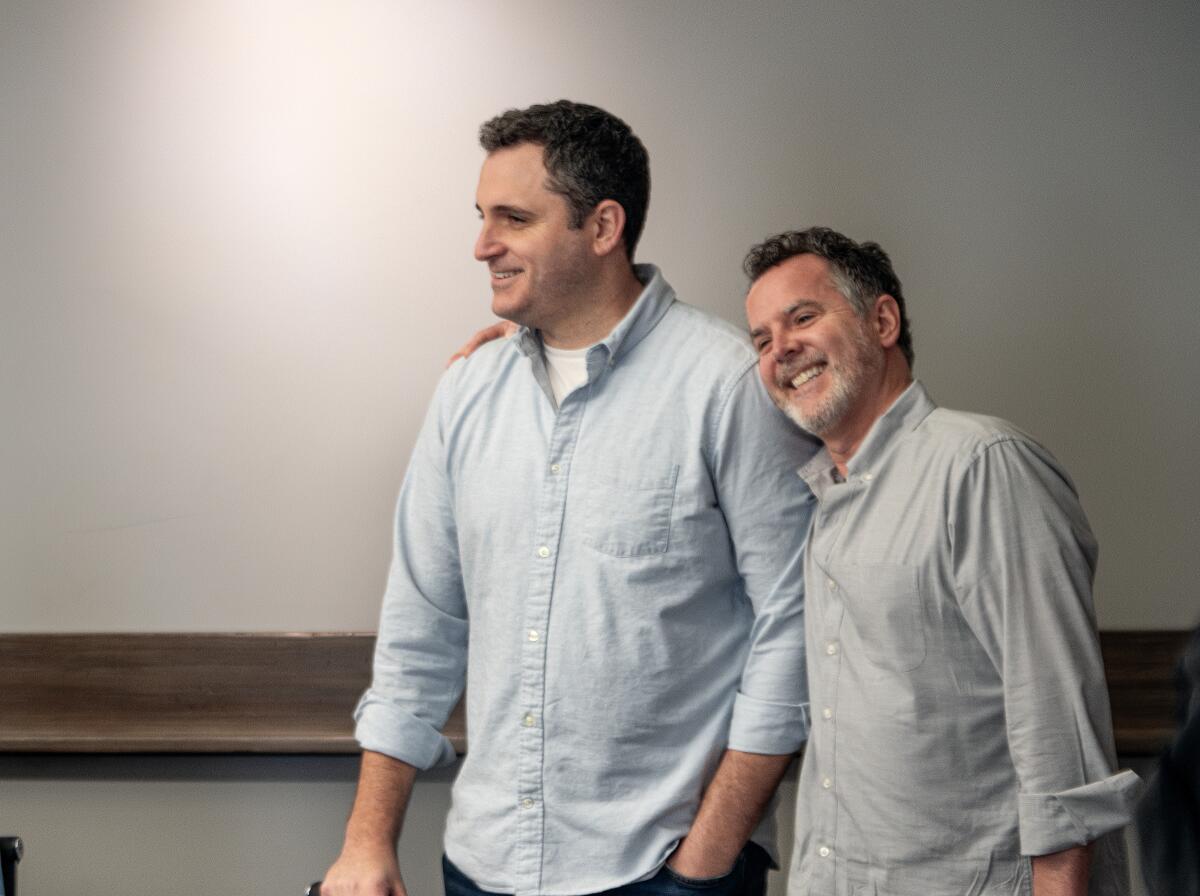
This show’s new cast includes Jess Salgueiro as Eve, a waitress and Freddy’s sardonic roommate, and Anders Keith as a college-age version of David Crane, Niles and Daphne’s son, who was born at the end of the first “Frasier” and who seems to have inherited a lot of his dad’s personality traits.
Audiences also are introduced to Olivia, played by Toks Olagundoye, Frasier’s new boss, who happens to have her own rivalry with a still-to-be-seen sister (no casting news on that yet, but the creators say Olagundoye has some suggestions). There’s also Nicholas Lyndhurst as Frasier’s old friend, and now fellow Harvard colleague, Alan Cornwall.
Although Alan is just as overly educated and elitist as Frasier and his brother — and it doesn’t hurt that he speaks with a British accent — he is, in many ways, the anti-Niles in that he’s not as buttoned-up and comes with an entitled buffoonery and impulsive behavior that let him get into jams like being locked in a wine cellar or getting a piece of historic armor caught on his arm. He also represents something else audiences haven’t seen before.
“We’ve never seen Frasier really have a best friend,” Cristalli says, adding that the shrink was always an outsider on “Cheers” and his closest relationships on the first “Frasier” were with his family. Alan is someone whom Cristalli says “Frasier will really turn to and let us open up his emotions.”
All of this also adds to new storylines, or at least new views on storylines.
“Frasier is someone who is dealing with his father’s death, and that doesn’t get tied up in a bow in 22 minutes,” Harris says. “And that’s something that is especially in light of what he’s trying to do: Reconnect with his son.”
His outlook on love also has changed.
“He probably went on first dates with 100 women, really 200 women” in the first “Frasier,” Cristalli says. “And in Season 1, I think he goes on one. He’s still hilariously desperate for love. But he’s much more elegant about it now. He’s not falling over himself running to bars to meet women anymore.”
It’s also airing at a time when our views on psychiatry, Frasier’s profession, and conversations around it have changed.
“When the show was [first] on, it was a little bit more taboo,” Cristalli says of discussing mental health. “I don’t think people were as comfortable sharing their emotions and how they were feeling right away. … And in a classroom setting especially, these students are willing to share. Not that we dive into it that much, but the idea that they’d be willing to talk about something that maybe was a little bit more in hushed tones 20 years ago, that’s at least interesting.”
The show also comes with the seal of approval from legendary multicamera director James Burrows, who directed 240 episodes of “Cheers” and 32 episodes of the first “Frasier,” including the pilot.
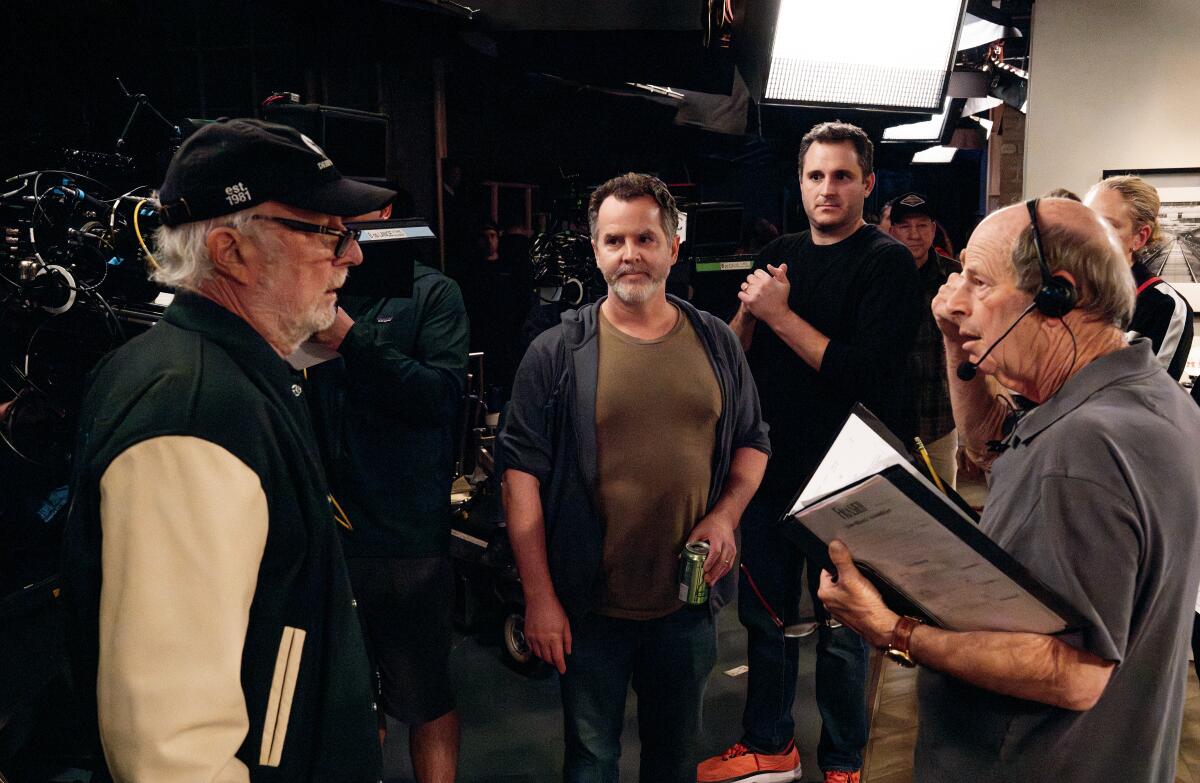
Then again, everything’s an easy get when you have the right connections. When asked why Burrows agreed to direct the first two episodes of this show, he says, succinctly, “Kelsey called.”
Maybe more important is that Burrows says you could feel the audience’s appreciation for the character during the live tapings.
“They love this character so much and it’s great because he takes them into the situation,” Burrows says. “They bring all this knowledge and identifiability with the character that he can take into a new situation. And hopefully, if you’ve seen the first two shows, there is a new and funny situation that hopefully will be successful.”
Cristalli understands that so much of this is because of its lead; that “the show could be a secret cover that he’s really a serial murderer. And that’s the whole show.”
But, he says audiences will forgive and say, “He’s drinking sherry in a small glass! I love this guy.”
Nor do these creatives have concerns about the show’s format being outdated or belittling. Burrows says he’s “attended the funeral of multicameras a number of times — I think once a decade — and each time they’ve closed the coffin, it didn’t get put in the ground.” He’s more concerned with audiences finding this show in the supersaturated TV landscape. And Cristalli notes that the first “Frasier” was “legit smart with the wordplay and the vocabulary” and that “almost every episode had some version of a farce in it.”
In the era of crashed-and-burned reboots, revivals and continuations, Harris is optimistic that the audience will again find connections. He says he hasn’t watched many of these new-old shows, but he suspects the problem is, “Sometimes when you do a reboot, everyone seems like they were frozen in carbonite for 20 years.
“Suddenly, they’re the same characters; the same relationships; the same situations,” Harris continues. “I think we were very fortunate to work with Kelsey and say let’s make this not the same. … Let’s have this person have lived in the intervening years and not be exactly the same person that they were 20 years ago. … Frasier is a little bit looser; he’s a little bit more comfortable. He’s a little bit happier and sure of himself than he might have been in the previous incarnation.”
Cristalli and Harris did keep the first “Frasier’s” theme song, with Grammer recording a new version of composer Bruce Miller’s infamous ditty “Tossed Salads and Scrambled Eggs.” But, as the song suggests, neither writer knows exactly what to do with those food items.
“You have to look at it as a metaphor,” laughs Cristalli. “He’s dealing with people’s brains who are tossed salads and scrambled eggs. I would not eat them together. You have to look at it from the abstract.”
More to Read
The complete guide to home viewing
Get Screen Gab for everything about the TV shows and streaming movies everyone’s talking about.
You may occasionally receive promotional content from the Los Angeles Times.
